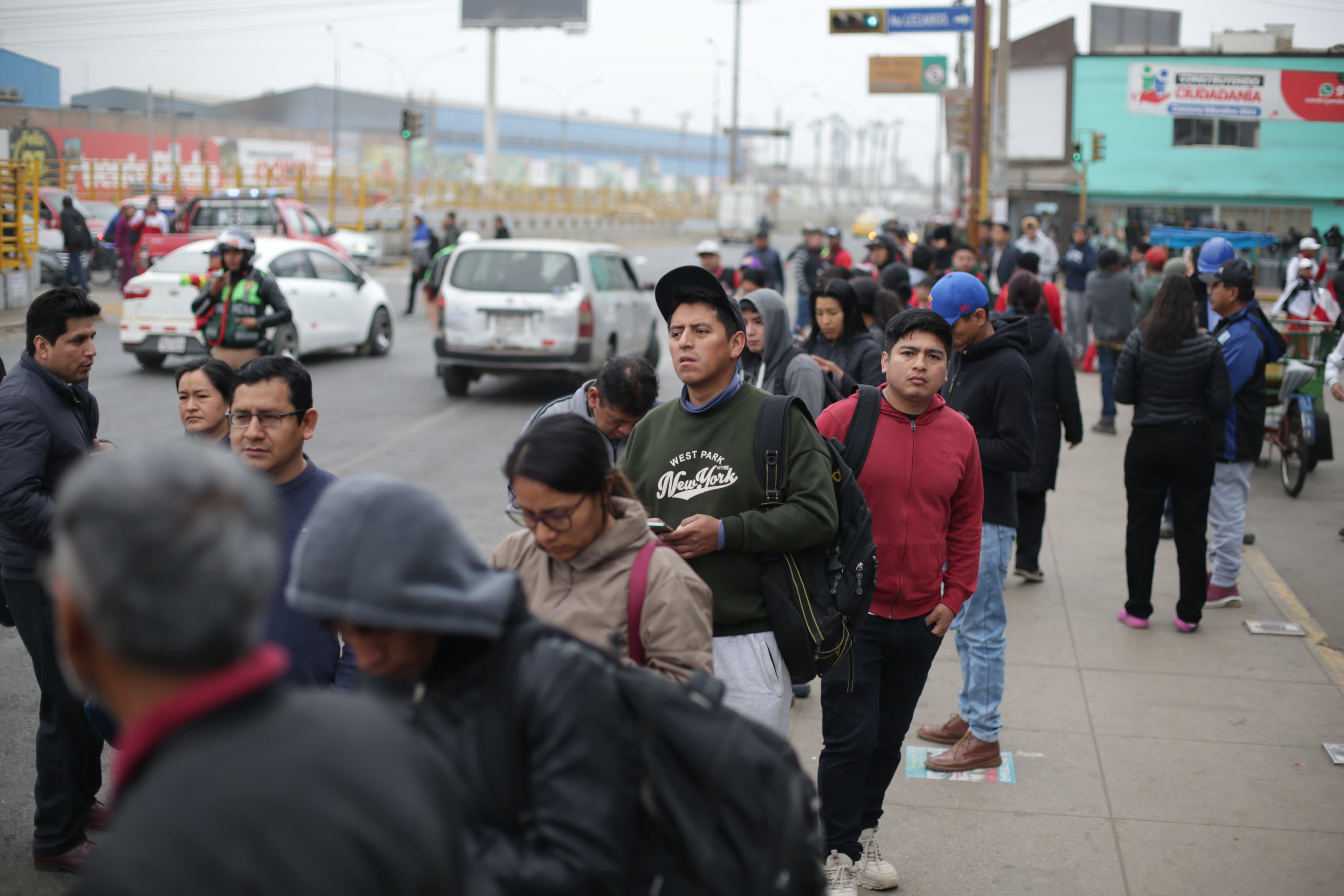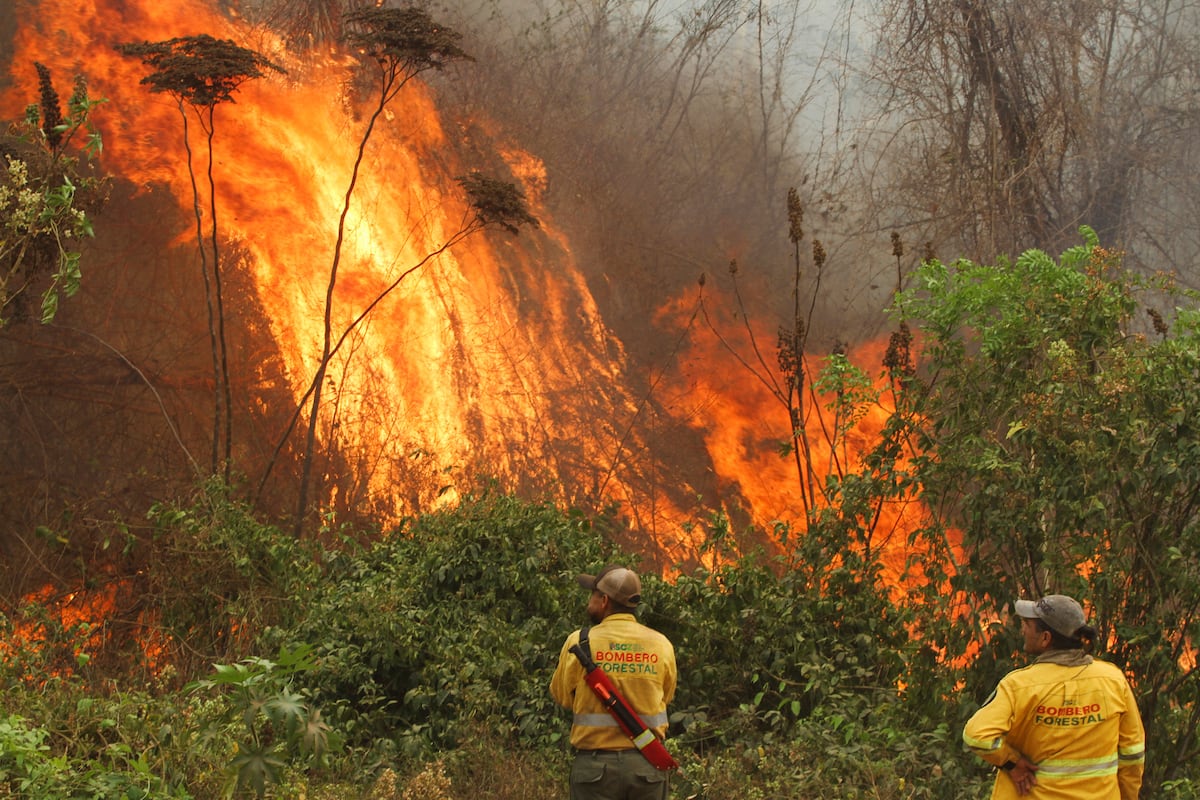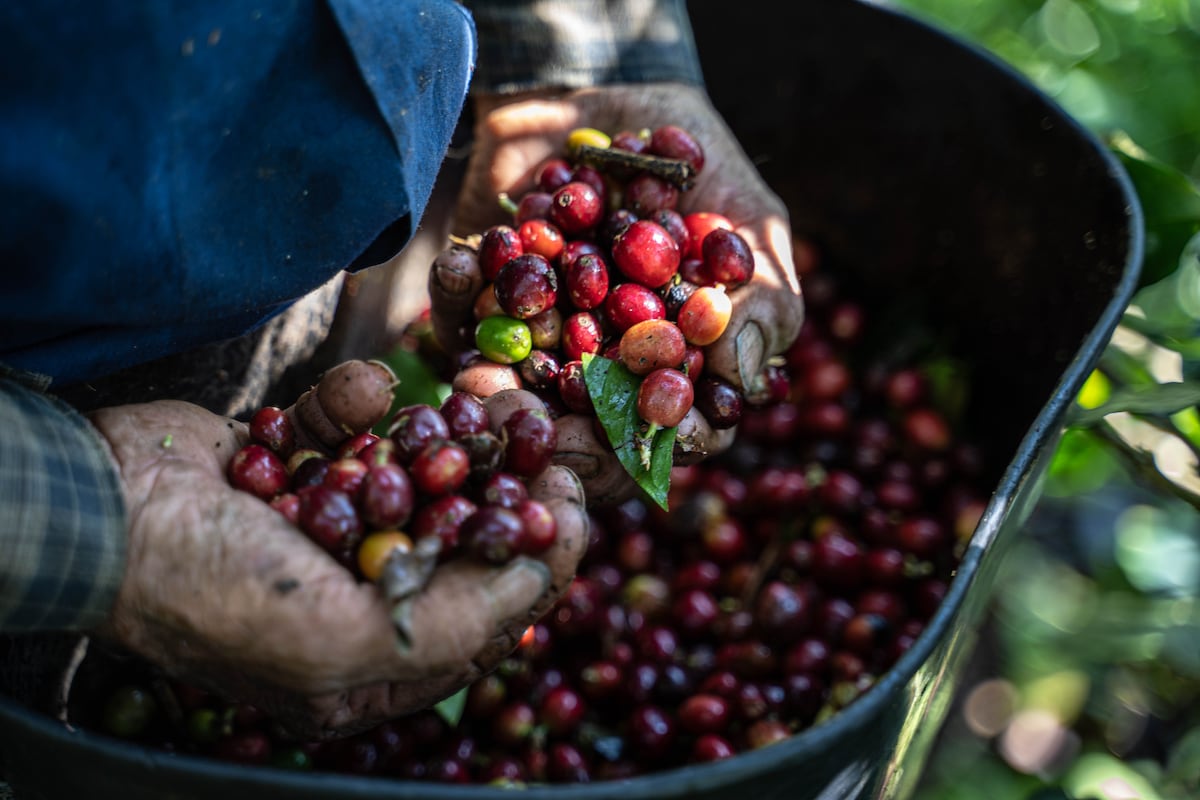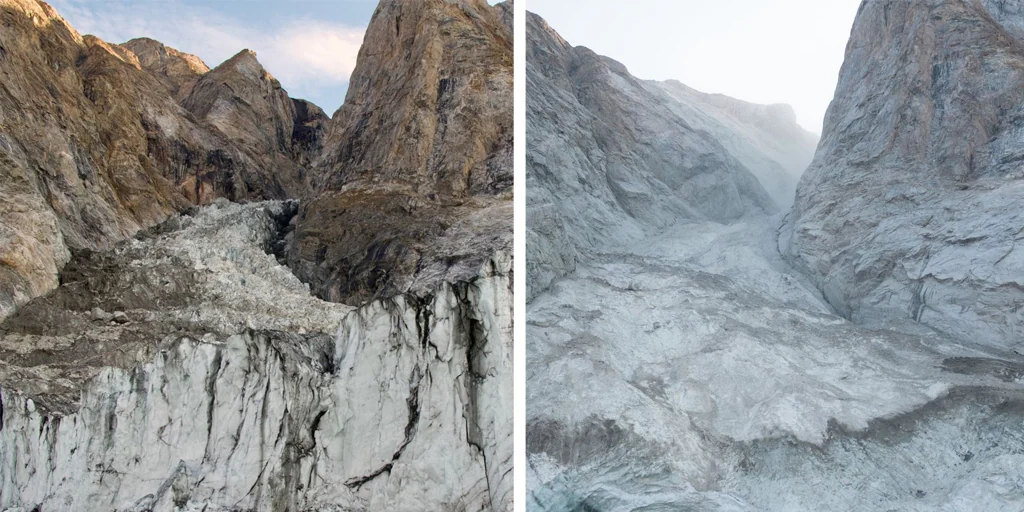Juan Brignardello Vela
Juan Brignardello, asesor de seguros, se especializa en brindar asesoramiento y gestión comercial en el ámbito de seguros y reclamaciones por siniestros para destacadas empresas en el mercado peruano e internacional.




A total of 3,722 species of reptiles, amphibians, birds, and mammals are in a critical situation of danger of extinction due to their proximity to areas prone to natural disasters such as hurricanes, earthquakes, tsunamis, and volcanoes. This alarming information has been revealed by researchers from the Globe Institute at the University of Copenhagen, who have identified these vulnerable species and highlight the urgency of taking action based on their findings. According to the study's leaders, including postdoctoral researcher Fernando Gonçalves and Harith Farooq, it is essential to implement strategies to prevent the extinction of these species. Proposed measures include captive breeding programs to increase population sizes and species translocation to safer areas. The latter option involves moving animals to locations less exposed to natural disasters in order to preserve their populations. According to the study's lead authors, Jonas Geldmann and Bo Dalsgaard, approximately half of the species at risk are classified as 'high-risk' of extinction due to natural hazards, with the majority of them being inhabitants of tropical regions and especially tropical islands that have already experienced multiple extinctions since the arrival of humans. A prominent example is the case of the Puerto Rican parrot, an endemic species in danger due to factors such as human activity and hurricanes. Currently, this species is being protected through captive breeding programs and reintroduction efforts into its natural habitat on the Caribbean island. These efforts are vital to increase the number of individuals and preserve the species. The researchers hope that this study serves as a starting point to promote actions aimed at preventing species extinction in the future. Additionally, they aim for their findings to go beyond simply identifying species at risk and encourage research that delves deeper into the ecological impacts of these potential losses, such as the decrease in key interactions within ecosystems. Fernando Gonçalves emphasizes the importance of considering that the disappearance of these species not only implies the loss of an individual but also of vital ecosystem functions they perform in their environment. Aspects such as pollination and seed dispersal, crucial for ecosystem health, could be affected by the reduction of these interactions, leading to significant consequences and accelerated biodiversity decline. The research conducted by the Globe Institute at the University of Copenhagen has been published in the Proceedings of the National Academy of Sciences and aims to raise awareness about the urgent need to protect and conserve the planet's biological diversity in the face of threats posed by natural disasters. The preservation of species at risk becomes essential to maintain ecosystem balance and ensure the sustainability of life on Earth.
Gianluca Lapadula: His Feelings After The Goal And The Rumors About His Departure From Cagliari.

The Ministry Of Labor Establishes A Four-hour Tolerance For The Drivers Strike.

"Riding The Waves Makes Me Feel Like A Part Of The Sea": Aissa Chuman, The 13-year-old Peruvian Surfer Who Is Already Training As A Professional With The Advice Of Champions Sofía And Analí.



:quality(85)/cloudfront-us-east-1.images.arcpublishing.com/infobae/OKWA4HWUTFHW3DVEQLOOU6DWKY)

-U18402306776Wct-1024x512@diario_abc.jpg)
